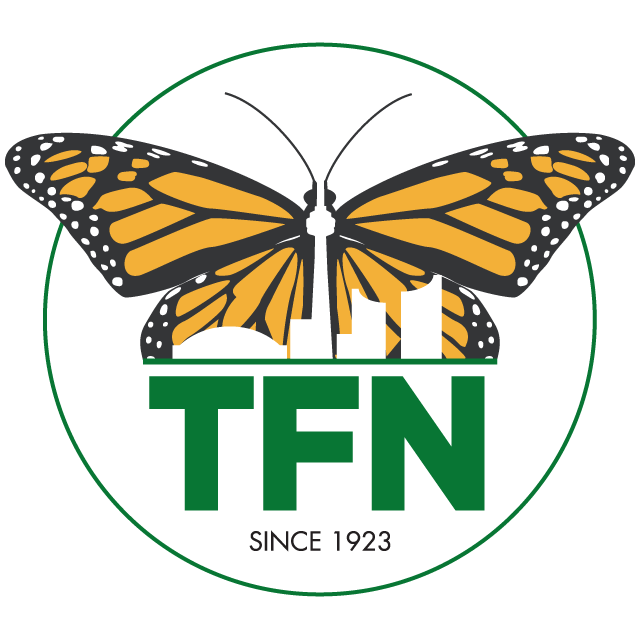The City is inviting us to a workshop on the future of the Toronto Islands; Wednesday, July 21st, 6:00 pm. As friends of nature, let’s take this chance to speak up for nature at the Toronto Islands. Every voice matters, so please register for the workshop here.
City staff are developing a long-term Master Plan for the Toronto Islands, with public involvement. Recently, Torontonians shared their Big Ideas on a vision for Toronto Island Park. The July 21st workshop will help refine and prioritize the Big Ideas for the Master Plan, and allow brainstorming on changes and improvements on the Island.
Nature Ideas you can encourage at the July 21 workshop:
- Leave more snags (standing dead trees), logs and brush in wooded areas. Diversity of habitats = diversity of wildlife. Tiny wrens love twiggy brush. Big woodpeckers like tall snags.
- Protect the dunes from trampling. The dunes help maintain the beach (used by people) AND the dune vegetation behind (used by wildlife).
- More bike racks, especially outside washrooms, change rooms, beaches, etc. Helps preserve fragile habitats if bikes are not dragged through them.
- Rental for beach umbrellas and deck chairs, so people can have shade without trampling dune vegetation.
- Pollinator gardens dotted across the Islands for butterflies and other insects, including the Common Buckeye (which breeds at Hanlan’s Point and is not common – despite its name) and migrating Monarchs. 2 goals, one solution: Make pollinators happy by establishing native plants in areas currently over-run by invasive plants.
- Seasonal “quiet zones” in areas where shore birds might visit or even nest — e.g. Plover Beach!
- Creating “no mow” zones to restore meadow habitats for birds and other wildlife
- Adding a Sand Dunes Story to Franklin’s Children’s Garden, to showcase the Island’s rare species like the Piping Plover, the Common Buckeye butterfly and Bushy Cinquefoil.
- Giving segments of the Islands “nature sabbaticals”; a season free from human pressures
- Inviting The Nature of Things to do a documentary on the unique natural heritage of Toronto Islands
- Naming a beach Plover Beach to recognize the nesting Piping Plovers – a species at risk in Ontario. Plovers choose the part of Hanlan’s beach not groomed by the City because the pebbles, driftwood and plants camouflage their eggs and hide their fluff-ball babies.
- A plaque to remember the bird observatory on Muggs Island (1978 to 2003). Muggs Island not currently accessible to public. Plaque could be beside road on Hanlan’s across lagoon from Muggs.
- Creating more aquatic habitat for species that once were abundant locally, like American Eel or Lake Sturgeon
- A display near the Ferry docks showcasing nature being restored on the Islands, like the TRCA’s near-shore fish reef at Gibraltar Point.
What’s Special About nature at the Toronto Islands?
The Toronto Islands are a treasured green sanctuary for both people and wildlife. Sculpted by storms and currents, this sand spit offers ever-shifting beaches, dunes, and acres of quiet parkland – an escape for locals and visitors from the noise and heat of the big city. The Islands are also vital green space for wildlife. Beaver and mink, butterflies and bees, migrating and breeding birds, frogs and toads, and unusual plants in unusual habitats – nature has been hanging on at the Islands, so far. But thoughtful planning is needed right now to ensure that nature can flourish for future generations too.

